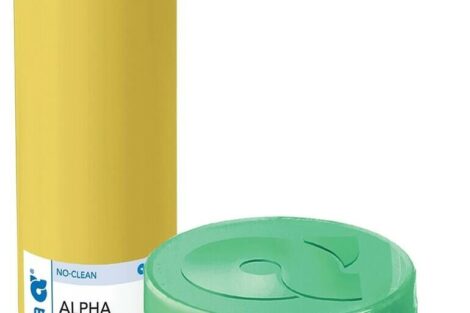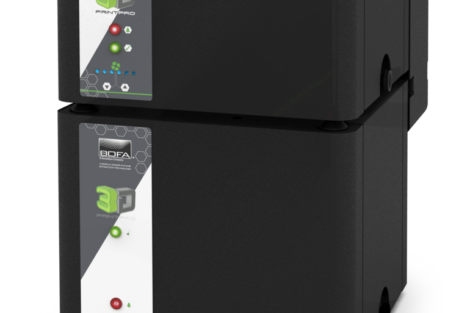Innovation is truly standard for Seica SpA, and the resulting unique and unusual solutions will be on full display at productronica 2019.
Robotic process automation (RPA) is a growing trend in electronic board manufacturing, and the latest board test solution in Seica’s Next Series, the Compact RT, is designed to provide maximum productivity in any RPA scenario: a dual-fixture rotary table ensures continuous, optimized test throughput, and its minimal, modular design provides maximum versatility for deployment in different automated handling concepts (robot/cobot) and layouts.
Configurable for in-circuit, pre-functional, functional and combinational testing as well as on-board programming, this solution has the modularity needed to provide tailor-made test performance for the specific requirement with all of the advantages of a standard platform.
The next display at the company’s booth continues the “standard one of a kind” concept, made possible by the maximum versatility and configurability of all of the Next Series. In this case, the approach is a “distributed test” solution in an automated line which includes Seica automation handlers linking the Next Series Pilot V8 flying probe tester and Compact SL.
The Pilot V8 is an extensive flying probe test platform that has up to 20 mobile resources. The standard test probes can each apply up to 2A current and the system can be configured with high-resolution cameras for automatic optical inspection, barcode and data matrix reading, laser sensors, capacitive probes, pyrometers, optical fiber sensors for LEDs, mini-fixtures for boundary scan and On Board Programming. Shown in its fully-automated version, compatible with any standard assembly line, the Pilot V8 Next is engineered for medium/high volume production, and can be configured to satisfy the full range of different board test requirements.
Other available features include the HR option, which extends the performance to probing of extremely miniaturized devices (down to 30 µm), and the HF option with high-frequency
probes, able to measure signals at frequencies over 1.5 GHz. The Pilot V8 XL version expands the standard work area of 610 x 540 mm to 800 x 650 mm, to accommodate and test “extra-large” boards.
The Compact SL is fully automated, and like all of the Next Series Compact line, it is completely configurable for in-circuit, pre-functional, functional and combinational testing, as well as on-board programming. The system architecture conforms to the world class manufacturing standard and is the practical demonstration of how the Compact line integrates the concepts of lean production, maintaining a small footprint without sacrificing performance.
The rapid expansion of the electric vehicle market requires new solutions to address rising manufacturing demand, and specifically for one of the key components: batteries. The company has developed a solution for EV battery test, the Pilot BT, which will be premiering at productronica this year. This new addition to the Pilot Next Series, represents a new generation of flying probe test solutions for the specific test requirements of this increasingly high-volume manufacturing process. In the maximum configuration of four flying heads, the innovative hardware architecture of the Pilot BT is able to perform parallel, very precise Kelvin tests of 16 cells at once, achieving production rates of nearly 2400 battery cells per minute, more than doubling first generation performance.
In addition to test throughput, configurability and flexibility are key: The Pilot BT utilizes “flying connectors” that can be arranged from 2 to 16 channels in either an X or Y axis orientation. They are easy to change as necessary to accommodate different battery configurations as they come through production.
Manufacturers also need the option to handle products of various dimensions: The Pilot BT can test battery packs up to 1050 x 865 mm (41.33 x 34.05 inches) and weighting 100 kilos.
All of the solutions on display include the Viva Next software platform, which is able to provide intelligent integration with all aspects of the customer’s manufacturing processes – data collection, traceability, interaction with MES, repair operations – and all of the Next series systems have Canavisia’s industrial monitoring solution on board, for remote monitoring of current and voltage consumption, mains supply, temperature, light indicators and other parameters useful to indicate correct operation, provide information for predictive maintenance and, in general, to render the systems compatible with today’s Industry 4.0 standards.
productronica, Booth A1–445











